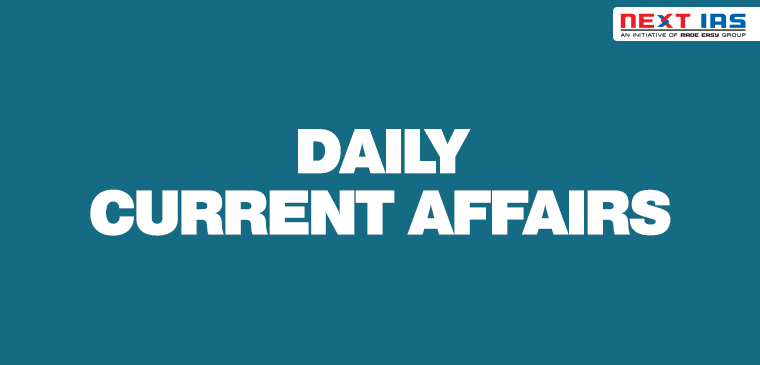
In News
- Recently, the Oil Ministry launched the sixth bid round of the Open Acreage Licensing Programme.
About
- Under this, 21 blocks, with an area of approximately 35,346 sq km are on offer to investors.
- These 21 blocks are spread across 11 Sedimentary Basins and include 15 Onland blocks, 4 Shallow Water blocks and 2 Ultra Deep Water blocks.
- Category wise, there are 12 blocks in Category-I basins, 4 in Category II basins and 5 in category-III basins.
Open Acreage Licensing Policy (OALP)
- It is the most crucial part of the Hydrocarbon Exploration and Licensing Policy (HELP).
- It provides a single, uniform Licence for exploration and production of conventional as well as unconventional hydrocarbon resources.
- The Freedom to carve out acreages of choice under OALP bid rounds has been given to contractors.
- The revenue-sharing model is used for offering fields.
- Producers have complete marketing and pricing freedom for crude oil and natural gas produced.
- Procedure for allotment under OALP:
- Under the OALP, first, an explorer selects areas after evaluating the National Data Repository (NDR)
- He then submits an Expression of Interest (EOI).
- Such EOI can be submitted thrice a year
- This field is put up for competitive bidding and the entity offering the maximum share of oil and gas to the government is awarded the block.
Benefits of OALP
- Removing red-tapism:
- It has reduced multiple licences and procedures for extracting different hydrocarbons even from the same well.
- Brought in a quantum jump in the Exploration & Production sector:
- The successful roll-out of the HELP regime, followed by OALP Bid Rounds, has led to an increase in exploration acreages in India.
- The exploration acreage stood at about 80,000 sq. km. the HELP regime.
- Now, it has increased to approx. 2,37,000 sq. km., post the award of blocks under OALP Round-V in 2021.
|
National Data Repository (NDR)
|
Concerns Related to OALP
- Lesser involvement of Private Players:
- Public Sector Companies like Oil and Natural Gas Corp (ONGC) and Oil India (OIL) are the major winners of the bidding rounds.
- Lack of clarity in Government Policy and Regulations
- Higher Tax and Cess:
- Proposal by the Petroleum Ministry to reduce the oil cess charge on domestic production of crude has been rejected by the Finance Ministry.
- Less Participation of Foreign Companies:
- Indian attempts to attract Foreign Energy Giants are not yielding expected results.
Way Ahead
- Rationalise Taxation and Cess.
- Consult different stakeholders for their concerns.
- Timely and detailed guidelines.
- Incentivise the Private and Foreign Players to bring in better technology.
|
Hydrocarbon Exploration and Licensing Policy (HELP)
|
Source: Business Standard
Previous article
Constitution (Scheduled Tribes) Order (Amendment) Bill, 2021
Next article
Facts in News


